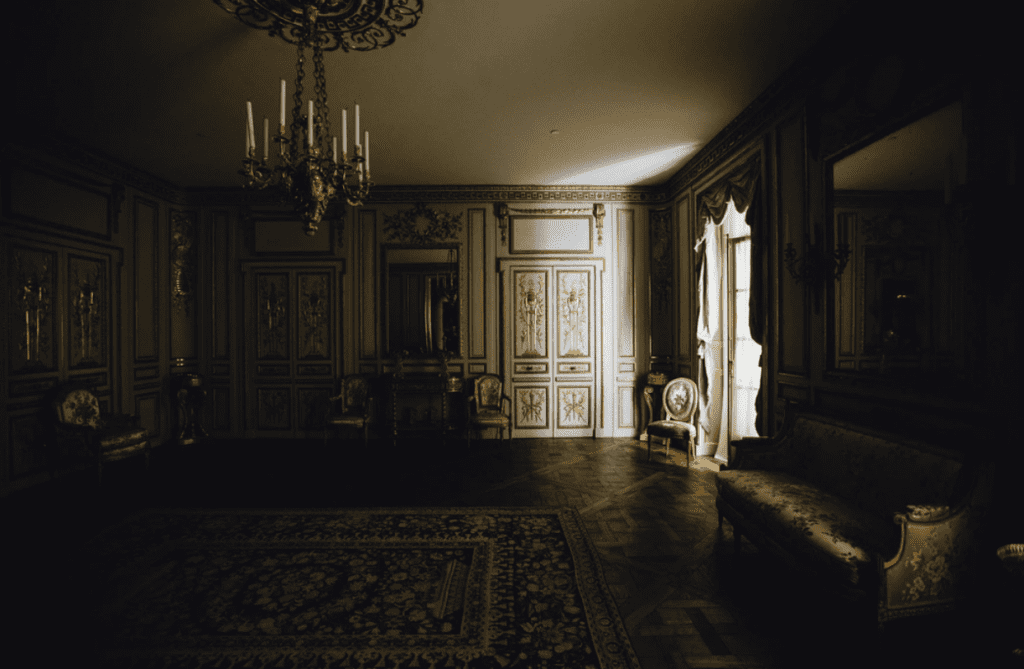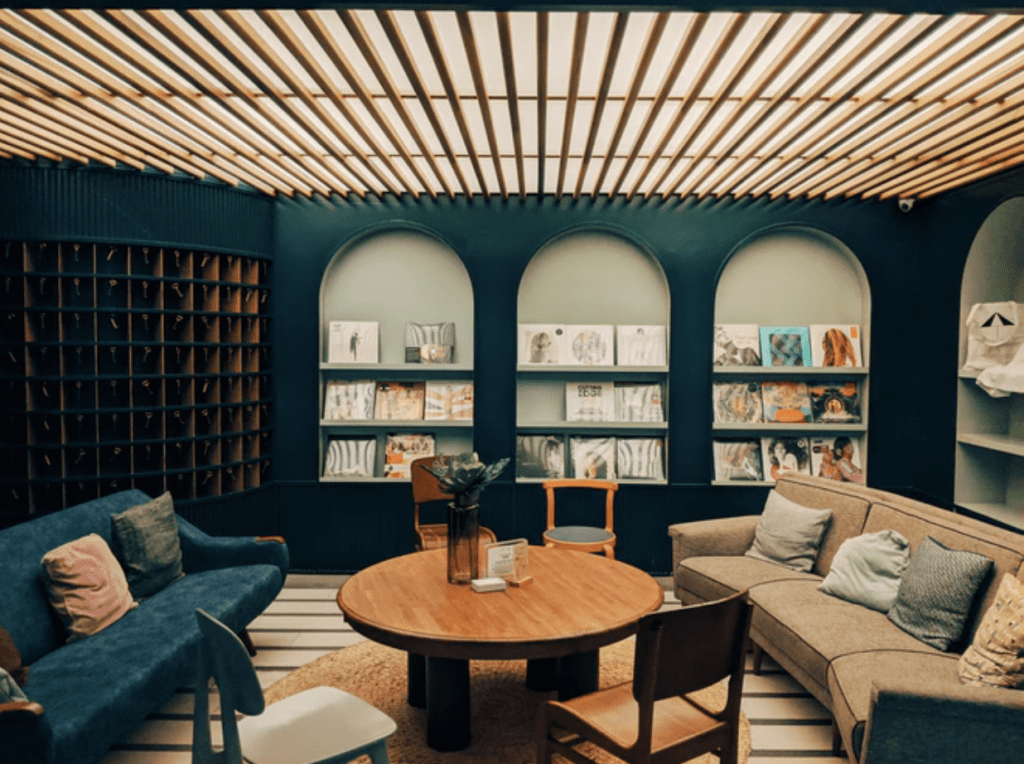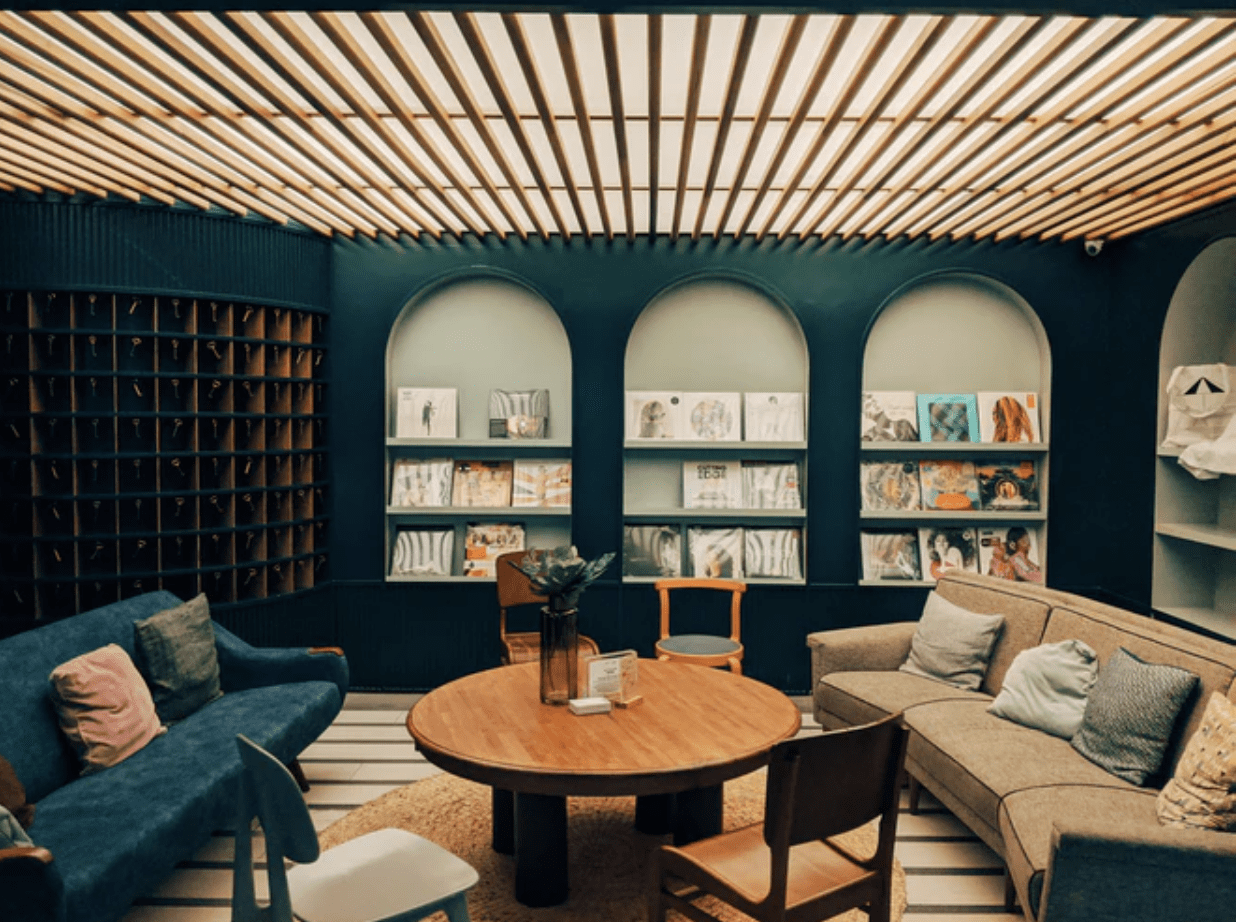What is this vintage?
Originally the word “vintage” came to us from the French language. This is the name of the wine or grape harvest of a certain year. A refined product with first-class taste and high value.
Photos are also vintage. Old prints from film negatives of artistic value.
In the broadest sense of the word, vintage is household items, furniture, and clothing made in the 20th century, which are well preserved and functionally suitable in the modern world.

https://unsplash.com/photos/l2JpNQF_qDc
Antiquaries call vintage things that are between 25 and 50-60 years old. Everything that is older is already antiques. But this is not the only criterion. For example, an unsightly chair made of cheap materials, be it even 100 years old, is unlikely to be of interest to collectors.
It is important that the item is well made and has artistic value. How to determine this? Expensive materials, high-quality assembly, aesthetic appearance. Handicraft and limited edition are of particular importance. If this is furniture, and not decor items, then it should also be functional.
Now to the question “what do you associate with vintage in the interior?” people answer ambiguously. Someone remembers the patinated chandeliers of classical design, stucco moldings, and candelabra introduced into modern homes. And someone comes to mind retro 50-60s: bright armchairs with thin wooden legs, geometric shapes and prints, a vinyl record player, and “pot-bellied refrigerators”. A kind of functionalism with a touch of pin-up.
Let’s see which vintage you like more?
The first half of the twentieth century
Now such interiors look, frankly, pretentious and clumsy. In order not to end up in a “cluttered museum”, take a closer look at the details. The main features of the interiors of those times can be skillfully transferred to a modern home.
Plank or parquet floor. Painted walls in neutral shades. Damask wallpaper can be used to accentuate one wall. With the help of moldings, decorative frames are made on the walls and ceiling. Or stucco molding and a ceiling rosette around the chandelier are preferred. You should not try to combine everything on one ceiling at once.
The feature of such interiors is a classic-style chandelier. Crystal or completely metal. Covered with an aging patina. Do not forget about the old decorative elements: paintings in baguettes, carved wooden, or metal candelabra.
As for furniture, then luxurious chairs with velvet or satin seats and carved legs, textile sofas with armrests, dressers, vanity desks, and shelves were in fashion. Eclecticism fits well with the design concept of that era, do not be afraid to combine vintage furniture and bright accents.
To find some vintage looking models you can go to NYFO.
Bedrooms
To style a bedroom for the first half of the 20th century, a few things are enough: a large bed, worn furniture, and a vintage chandelier. Neutral walls and discreet textiles on the windows will add lightness and freshness to the room.
Bathrooms
The freestanding bathtub itself is a characteristic feature of the vintage style bathroom. This does not mean at all that a shower stall does not belong there. After all, you can focus on plumbing and accessories in a “retro” style.
Kitchens
A vintage kitchen is a large carved kitchen set and an abundance of retro decor. All the same chandeliers, stucco molding, and candelabra, candles and paintings, if you like, can be used. All this will help create a cozy atmosphere in the kitchen, and in the kitchen-dining room, you will feel like real aristocrats at a secular dinner.
The highlight of such a kitchen will be vintage design plumbing in bronze or silver color. Here you need to build on the general color scheme and personal preferences.
Decor
Decorations from that era can be found at flea markets, on the Internet, and in the attic of your own summer cottage. These are antique clocks and musical instruments, paintings, mannequins, figurines, candlesticks, kitchen utensils, and other household items that were popular in the pre-war period (remember that it is better not to combine things from different eras in the same interior).
Old things from the “grandmother’s chest” can be given a new life. And in the literal sense. For example, tables, trellises, benches, and tables under the bathroom sink are now being made from a stand from a Singer machine.
Retro style
The Second World War left an imprint on all spheres of human activity, including design. Candelabra with stucco molding are a thing of the past or have moved to museums. At the same time, the factory furniture industry began to develop and innovative design ideas became available to the masses. With the onset of In the cosmic era, streamlined functional forms came into vogue. And the general upsurge and progress were reflected in the decor: bright accents and geometric simple shapes.

https://unsplash.com/photos/LMd7IfbnPsU
Nowadays, this kind of interior design is more likely to be called “retro-style” than vintage. Although in essence, the pieces of furniture and decor made at that time fall under the notion of “vintage”. Until about 60 years of age. Such are the “veterans” that are still relevant.
The term “mid-century modern” was coined in 1984 to describe the interior and architectural features of the 1960s. Large light spaces, unobtrusive decor, streamlined shapes, natural materials. Walls were usually painted in neutral colors, and large windows were decorated to a minimum to leave as much light and air as possible.
The mid-century modern subsequently had a great influence on interior design. It was then that sofas, armchairs and in general, any pieces of furniture on wooden tapering legs appeared. Natural and practical materials were preferred: wood, metal, leather, cotton, linen.
In fairness, it is worth mentioning the chairs of that time, which have already become classics of design thought of the twentieth century. These are the curved plastic Panton chair by Werner Panton and the Tulip series by Eero Saarinen. The widespread use of plastic has made possible the appearance of such furniture, that looks more like art objects.
The development of the photo and film industry has brought photographs, posters to interior design. The paintings, of course, did not disappear, they just changed the style – they became bright, abstract, or in the style of pop art. And the pretentious gilded baguettes have been replaced by minimalistic frames.
In general, the retro style is characterized by natural muted colors. To prevent it from looking boring, geometric prints and bright accents in textiles are used – pillows, blankets, sometimes rugs. Minimalistic figurines and blown bottle-shaped vases can often be seen as decor in retro interiors. As if from them also are made the bases for table lamps, uniting the decor in the room with a single style.
For the older generation, vintage in the interior will be a pleasant nostalgia for their youth, for young people – a non-standard design solution. This is a kind of opposition to tiring progress. This has a special charm. The main thing is not to try to fit all ideas into one room. Remember that each era has its own characteristics.







